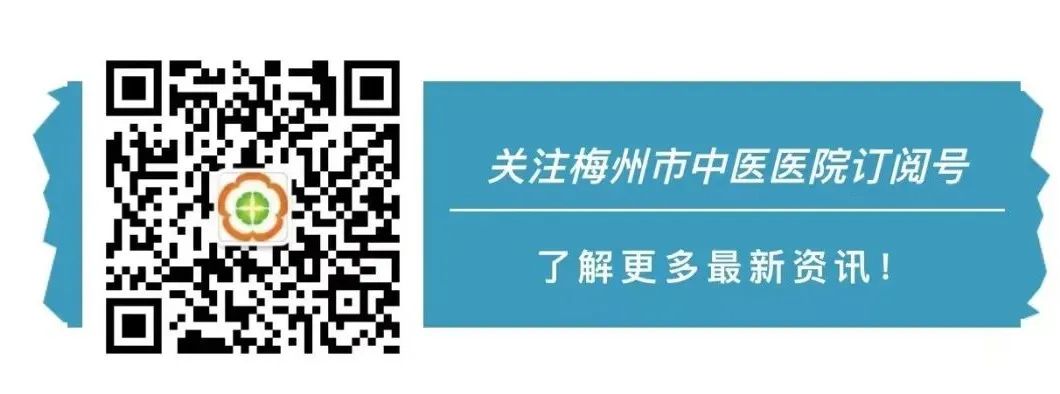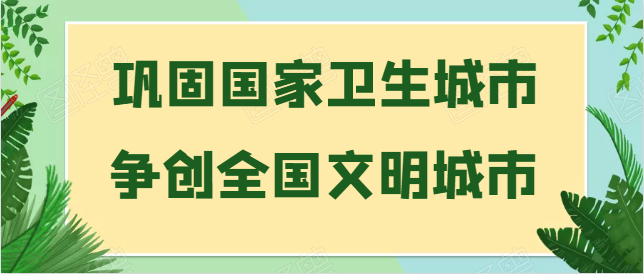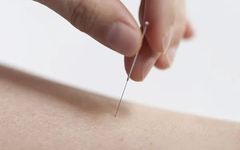
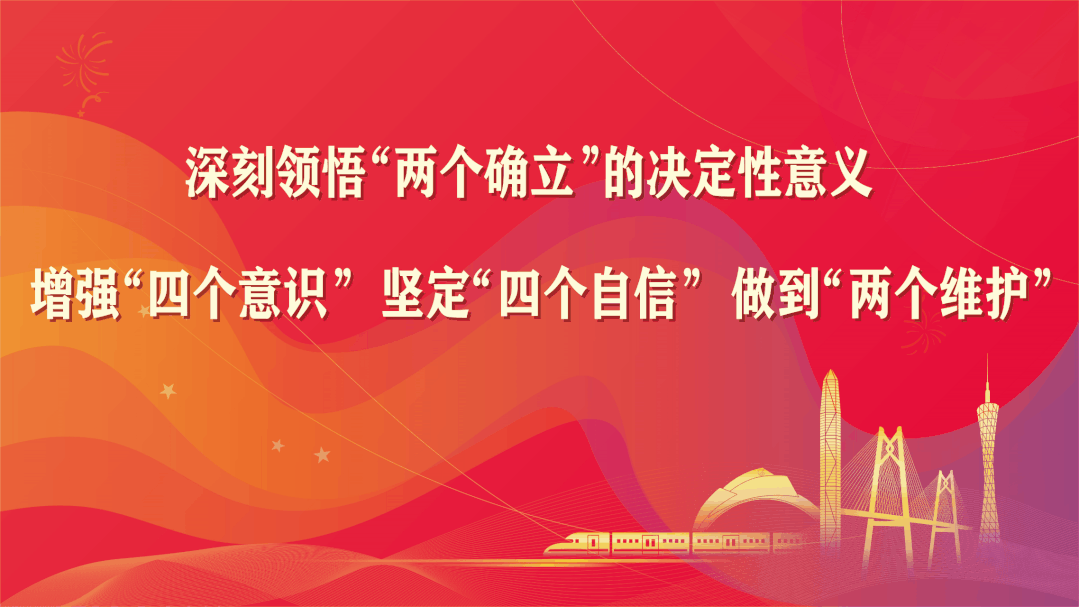
01
What is Fine Needle Acupuncture Technique?
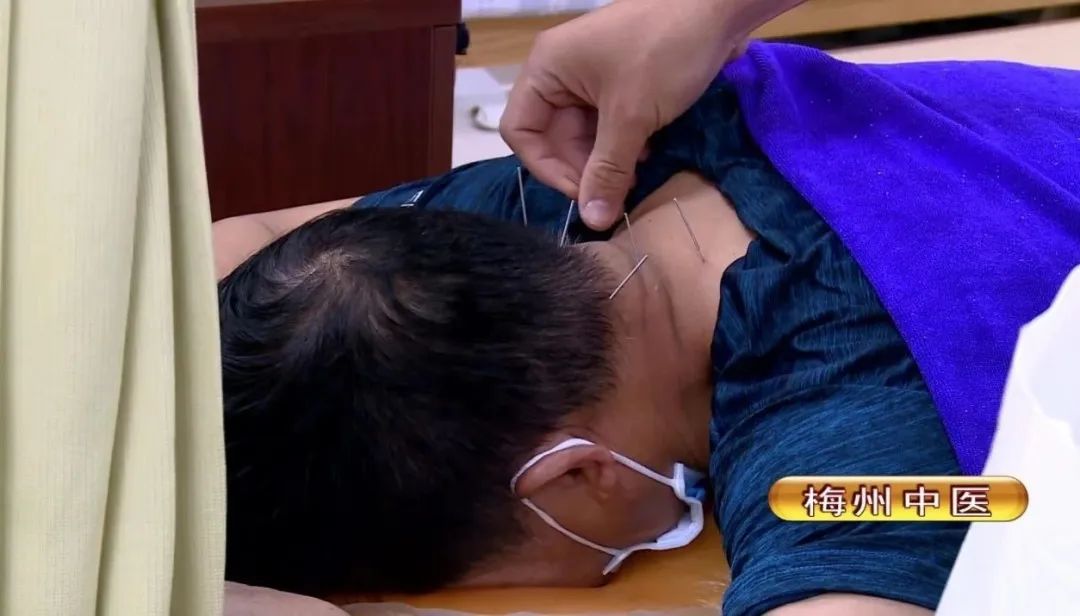
The fine needle technique refers to the use of fine needles to stimulate acupuncture points on the body through specific methods, aiming to unblock the meridians and regulate the organs, thereby achieving the goal of strengthening the body and expelling pathogens to treat diseases.
Clinically, needles with a diameter of 32 to 26 gauge (0.25mm to 0.40mm) are most commonly used. Thicker needles are often used for points on the limbs and lower back, as well as for patients with paralysis or numbness where needle sensation is dull; thinner needles are more commonly used for points on the head, face, and for children or patients with weak constitutions.
Clinically, needles with a length of 1.0 to 3.0 inches (25 to 75mm) are most commonly used, with 1.5 inches (40mm) being the most frequently utilized. Longer needles are used for deep insertion in areas with thick muscle or for penetrating points; shorter needles are used for shallow insertion in areas with thin muscle, such as points on the head and face, and ear points.
02
How does Fine Needle Acupuncture treat diseases?

Fine needle acupuncture employs a “treating the internal from the external” method, utilizing the effects of meridians and acupuncture points, along with the application of tonifying and dispersing techniques, to treat diseases throughout the body. In clinical practice, the cause of the disease is diagnosed according to TCM diagnostic methods, identifying the key issues, distinguishing the nature of the disease, determining which meridian and organ are affected, and clarifying whether it belongs to the exterior or interior, cold or heat, deficiency or excess types for diagnosis. Then, corresponding acupuncture points are selected for treatment. This aims to unblock the meridians, regulate Qi and blood, restore relative balance of Yin and Yang, and harmonize organ functions, thereby achieving the prevention and treatment of diseases.
Modern research indicates that the nerve impulses triggered by acupuncture points can activate the body’s latent functions, exerting a strong regulatory effect on various systems and organ functions primarily governed by the nervous system, thus preventing and treating various diseases and combating aging. This is the fundamental function of fine needle acupuncture in treating diseases.
03
What diseases are commonly treated with Fine Needle Acupuncture?
(1) Neck, Shoulder, Waist, and Leg Pain
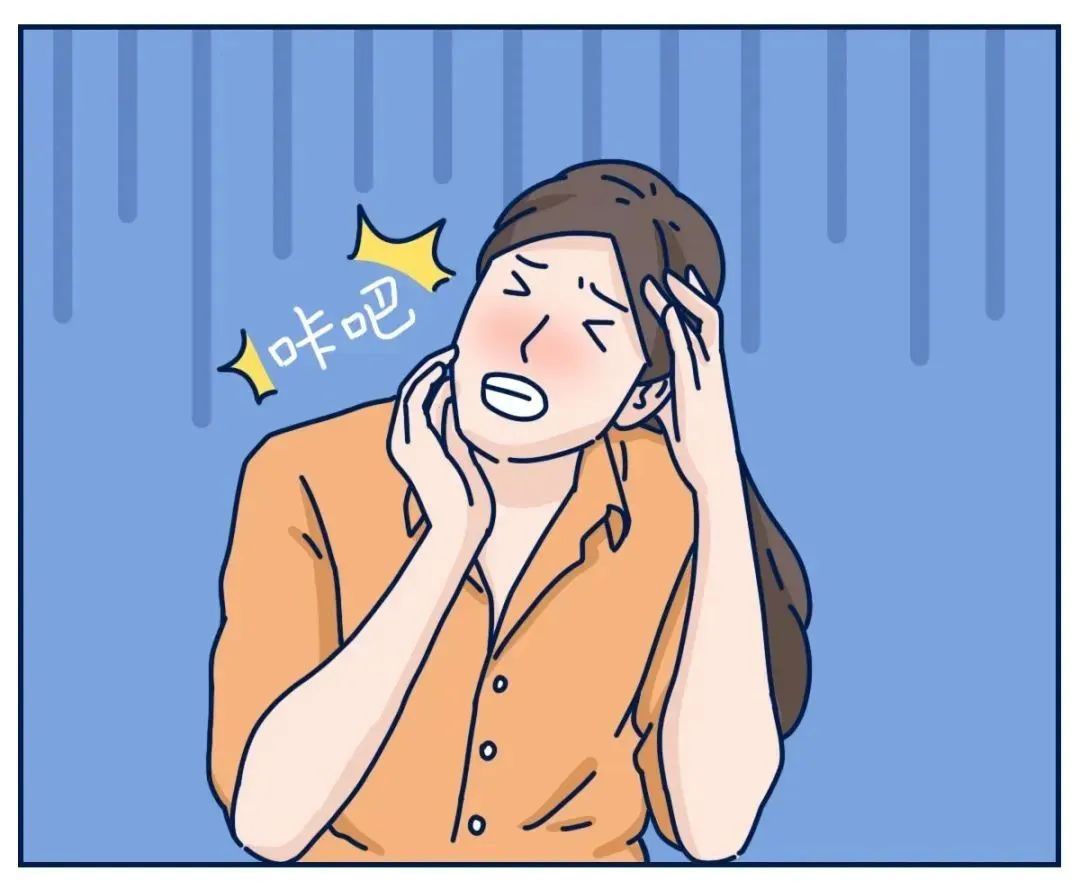
Neck, shoulder, waist, and leg pain, often referred to as the “cancer that never dies,” has troubled people across various professions for many years. Acute episodes can cause unbearable pain, while chronic pain can linger, making it difficult to sit or lie down, leading to insomnia, decreased appetite, and even mental breakdown over time.
(2) Facial Paralysis (Peripheral Facial Nerve Palsy)
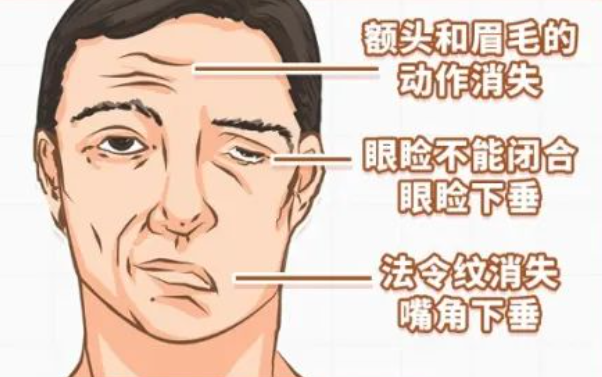
Facial paralysis is characterized by the main symptom of one side of the mouth and eye drooping. It presents as facial relaxation on one side, disappearance of forehead lines, widening of the eye fissure, shallowing of the nasolabial fold, drooping of the mouth corner, which is pulled towards the healthy side, and inability to perform actions such as frowning, raising eyebrows, showing teeth, or puffing cheeks. Some patients may initially experience pain behind the ear, along with taste reduction or auditory hypersensitivity, and even herpes in the external ear canal.
(3) Headache (Tension-type Headache, Vascular Headache)
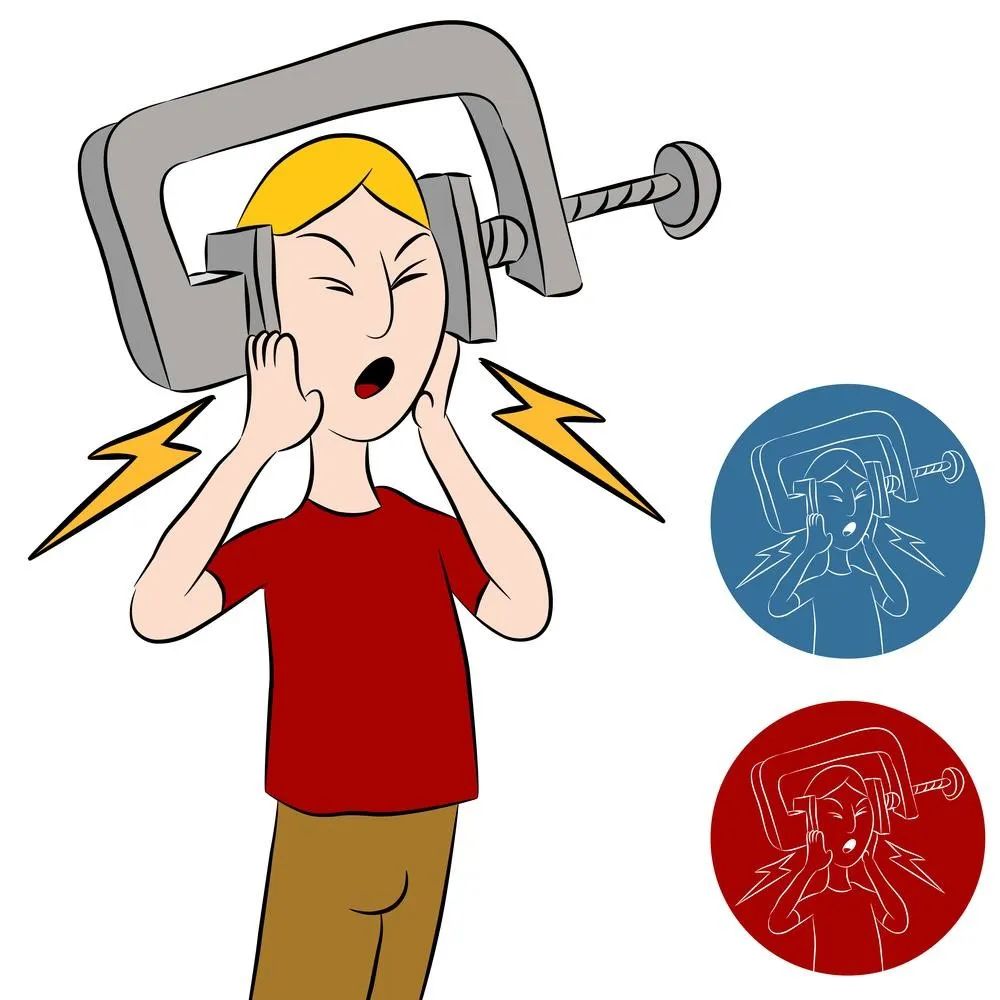
Headache refers to a condition characterized by pain in the head. The brain is considered the “sea of marrow,” and the head is the meeting place of all Yang and the residence of clear Yang, where the Qi of the five organs and six bowels converges. External pathogens or internal injuries can lead to Qi and blood disturbances, obstructing the brain’s nourishment and resulting in headaches.
(4) Stroke (Acute Cerebrovascular Disease)

Stroke is characterized by sudden collapse, loss of consciousness, hemiplegia, facial drooping, speech difficulties, or simply facial drooping and hemiplegia as the main clinical symptoms.
(5) Gynecological and Obstetric Diseases: Dysmenorrhea, Irregular Menstruation, etc.
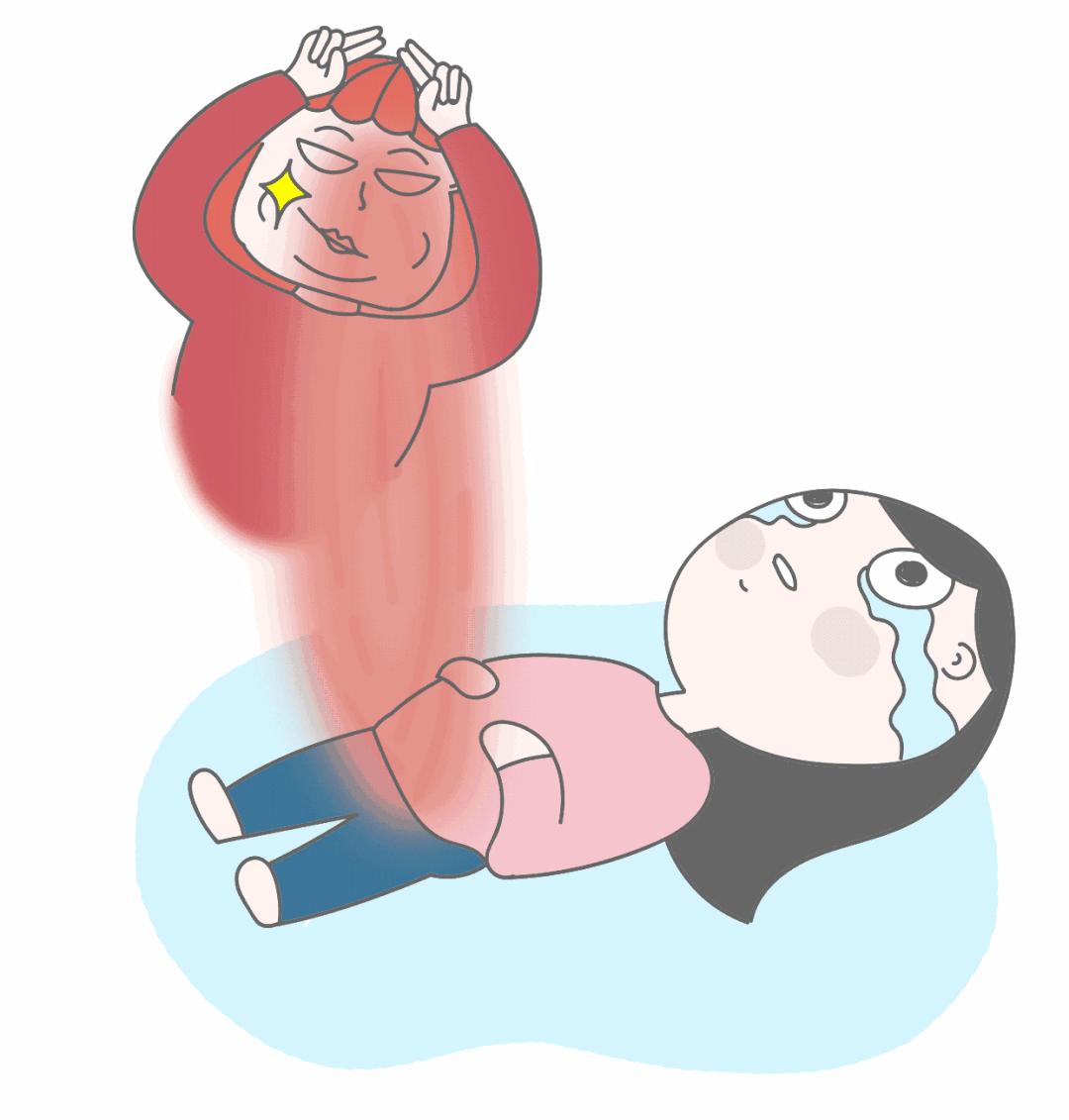
Dysmenorrhea is one of the most common gynecological symptoms, referring to lower abdominal pain and heaviness occurring before or during menstruation, often accompanied by lower back pain or other discomfort, severely affecting the quality of life.
In summary,the indications for fine needle technique are extensive, used to treatvarious common and frequently occurring diseases across internal, external, gynecological, and pediatric fields.
What are the contraindications for Fine Needle Acupuncture?
1. Pregnant women should avoid acupuncture in the lower abdomen, lumbar region, and points such as Hegu (LI4), Sanyinjiao (SP6), and Zhiyin (BL67).
2. In children, acupuncture should not be performed on the head points before the fontanelle has closed.
3. Acupuncture should not be performed on areas with skin infections, ulcers, or tumors.
4. Caution should be exercised in patients with bleeding tendencies when performing acupuncture.
What precautions should be taken with Fine Needle Acupuncture?
1. Acupuncture should not be performed immediately when overly hungry, fatigued, or under excessive mental stress.
2. For patients with weak constitutions or Qi and blood deficiency, the technique should not be too strong, and patients should be encouraged to lie down.
3. Deep insertion should be avoided for acupuncture points located on the chest, ribs, waist, and back.
4. When needling points in the eye area and neck (such as Fengfu (GV16), Yamen (GV15)), care should be taken to control the angle and depth, avoiding large movements, twisting, and prolonged needle retention to prevent injury to important tissues and organs.
5. For patients with urinary retention, deep insertion should be avoided when needling the lower abdomen.
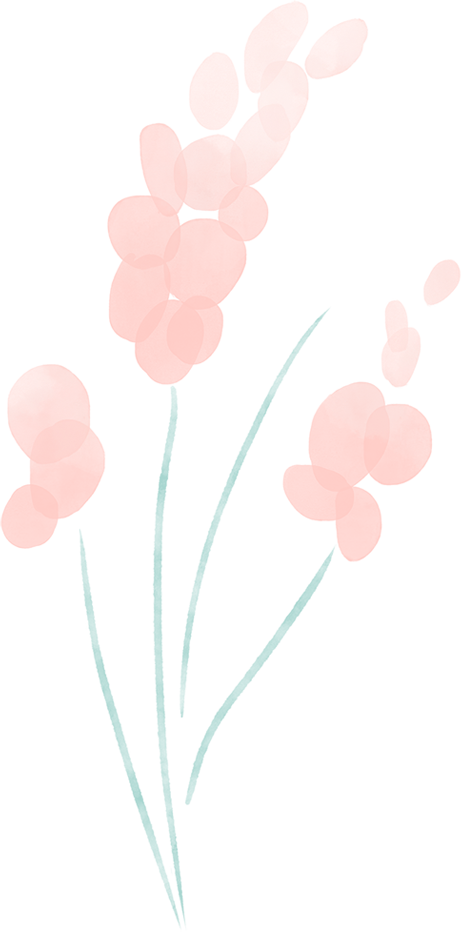
Meizhou Traditional Chinese Medicine Hospital (Meizhou Tianjiabing Hospital) Preventive Health Department
Consultation Phone: 0753-2336169
Location: 1st Floor, New Outpatient Comprehensive Building, Meizhou Traditional Chinese Medicine Hospital, 13 Huannan Avenue, Meijiang District
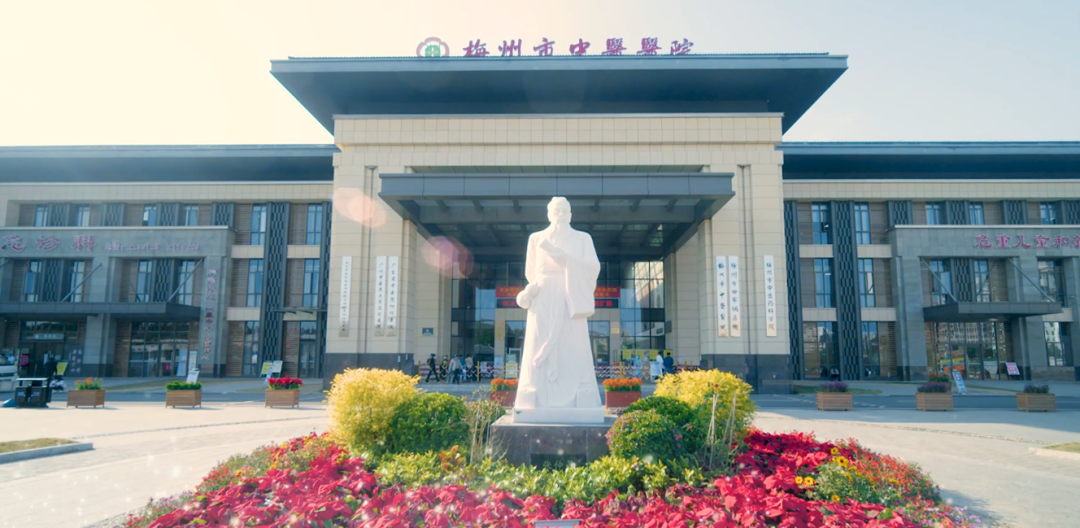
Submitted by: Preventive Health Department / Gao LijunReviewed by: Lai Yu, Liu Guangjiao, Gao Jiyuan
Edited by: Song Yuni
Approved for release by: Xie Kunqing

-
[Hospital News] The Meizhou Traditional Chinese Medicine Hospital (Meizhou Tianjiabing Hospital) WeChat public account report query function has been upgraded again!
-
[Zhonghe Medicinal Paste – Expert Discusses Medicinal Paste] Children’s Rhinitis Paste
-
[Traditional Chinese Medicine Techniques] Small Body, Big Energy – Fine Needle Therapy
-
Placenta Previa is Not Scary, the Obstetric Team Has Solutions
-
Feeling a Lump in the Neck? Beware of “Lymphoma”!
-
“Pain” Defines “Pain” – Let’s Say Goodbye to Gout Together
-
Why Does Dialysis Patients’ Skin Turn Dark?
